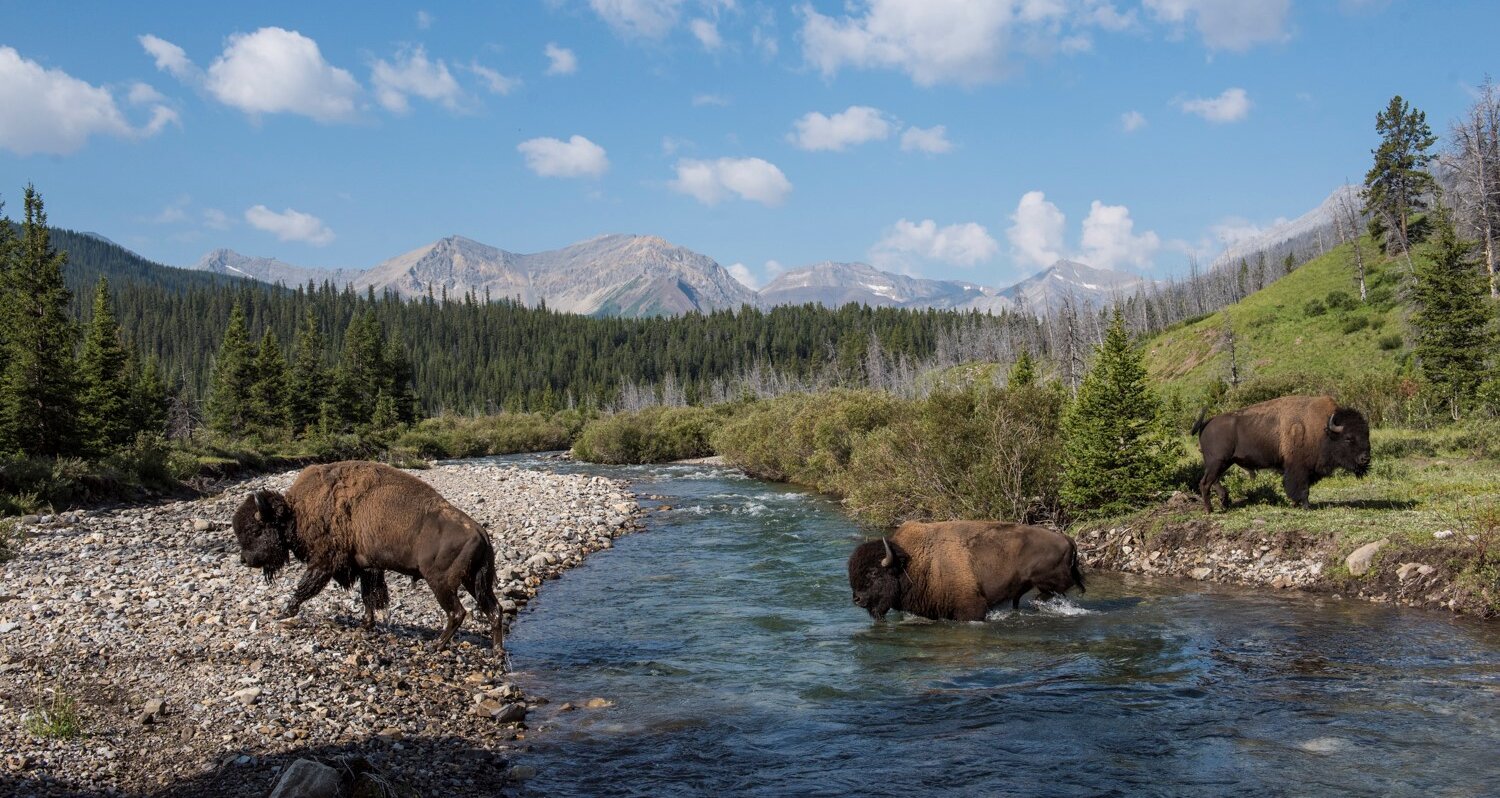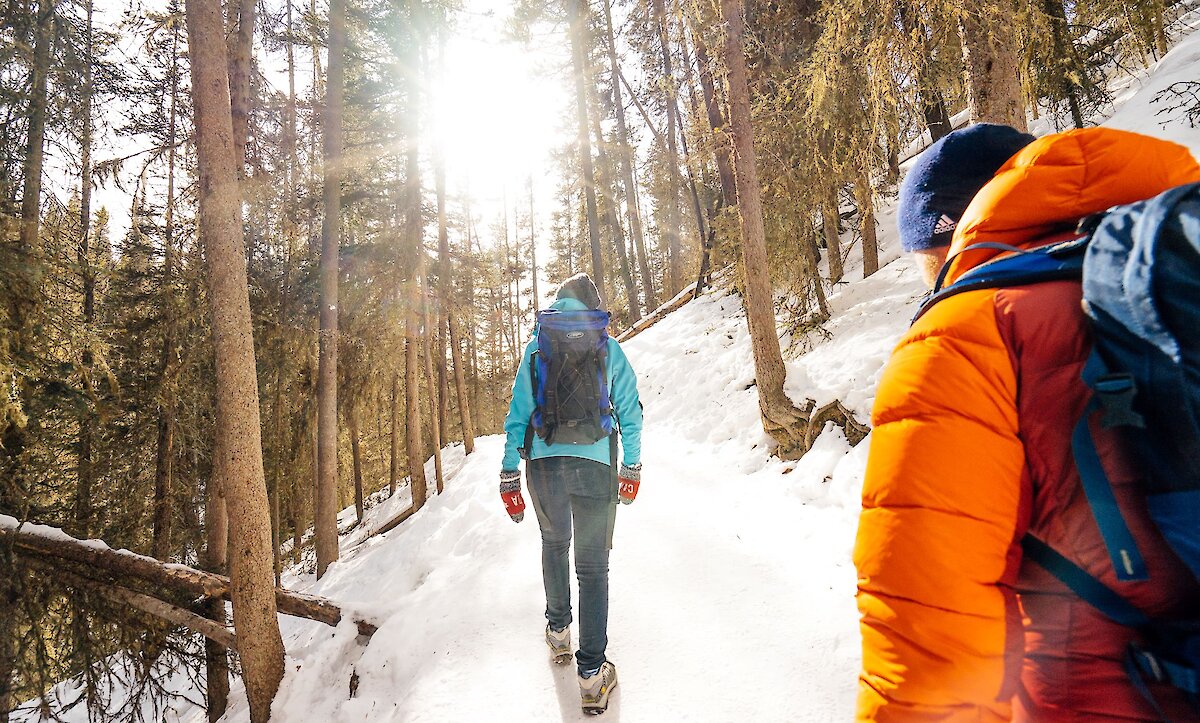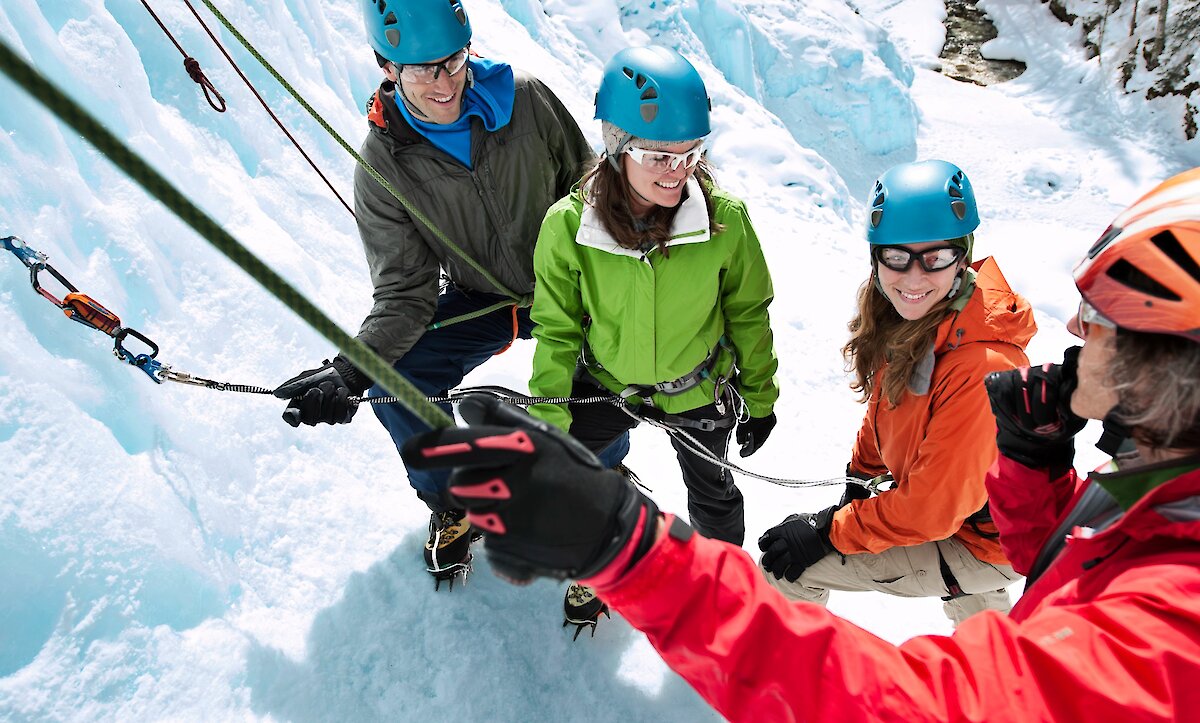The Return of the Bison

We have come far enough since our actions almost drove bison to extinction in North America in the mid 19th century. Beginning in the late 1800s and continuing through the 20th century by establishing managed herds in Banff, Buffalo, Wood Buffalo and Elk Island National Parks, Canada took a leadership role in bringing Plains and Wood Bison back from the brink of annihilation.
Today, the first task of species survival accomplished, Parks Canada in early 2017 will transfer up to 50 young bison from Elk Island to Banff with the goal of returning them to a natural state of being in the eastern section of the park.
Part of the Canadian government’s National Conservation Plan, the move has been applauded by Aboriginal and conservation groups alike. No longer confined to paddocks or subject to constant human intervention, they’ll have 425km2 to roam much as their ancestors once did and ideally increase their numbers and strength. They will allow Banff to reclaim an original element of its biodiversity – increasing the area’s sustainability – while providing an additional attraction for the most-popular national park in Canada.
Integrating the first herd will be a carefully-managed process, guarding against undue disruption of the park’s other residents and wildlife. Fencing, behaviour deterrents and monitoring are designed to help all of Banff National Park’s inhabitants co-exist peacefully.
Beyond the act of reintroduction of bison to Banff – an achievement we should all be proud of – we bring an understanding of the consequences our society’s past actions brought and the will to do something about it. It is only now, over 150 years after the clearing of the plains, that we are able to work together to return a keystone species to its place in the world. That it's happening in Banff – the symbol of the great west in Canada – seems only fitting.


